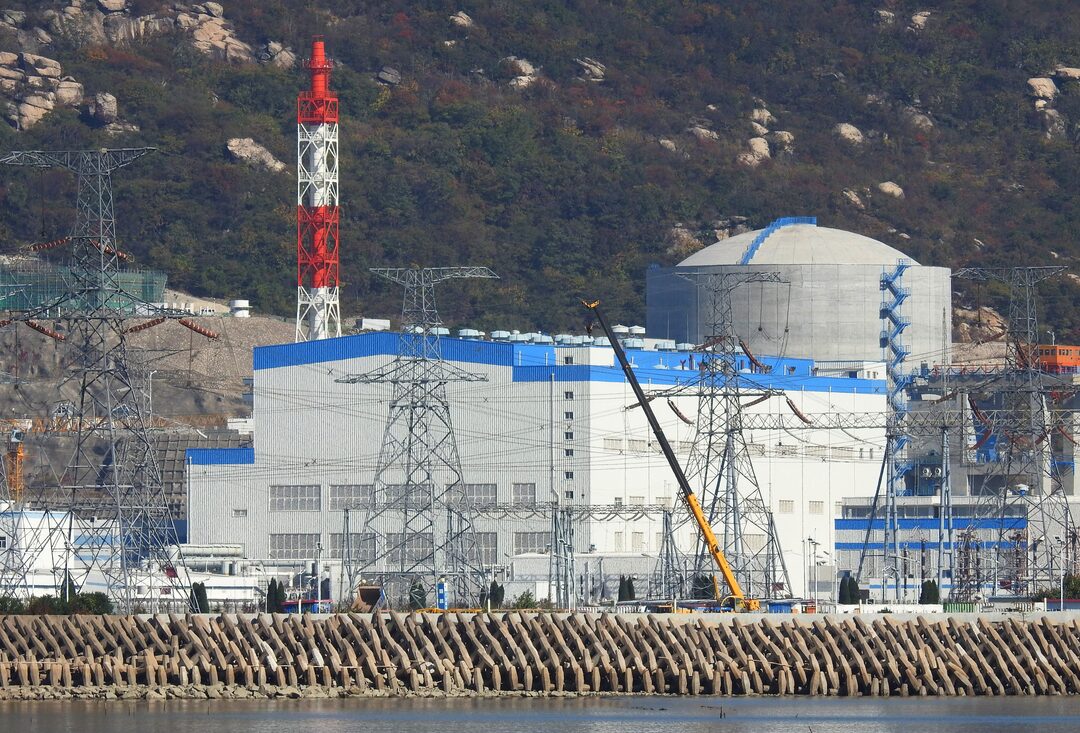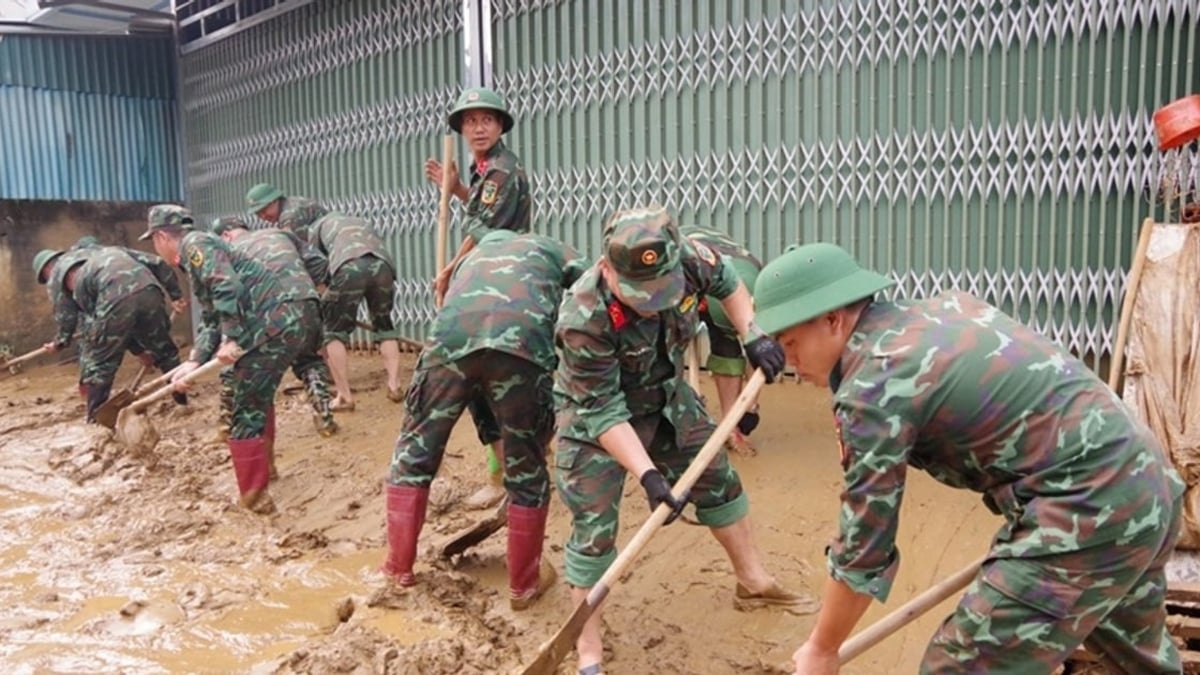Chinese researchers are using wax to create water-based gel beads that can separate uranium from seawater, a new solution to powering nuclear power plants from the ocean.
Scientists at the Dalian Institute of Chemical Physics (China) conducted the above research and published it in the journal Advanced Functional Materials last month. They said: "The whole preparation process is simple and easy to operate, cost-effective and easy to scale up."

Tianwan Nuclear Power Plant in Jiangsu Province (China)
Scientists estimate that land-based uranium reserves used as fuel in nuclear reactors could meet the world's nuclear energy needs for only a century. Oceanic uranium reserves could power the world for more than a millennium. However, extracting ions from seawater is difficult because the Earth's oceans have extremely low uranium concentrations, with 1 ton of seawater containing only 3.3 mg of uranium, and the presence of many ions mixed in the marine environment.
Decarbonizing the global power grid is also critical to achieving emissions reductions. One way to do this is to increase the use of nuclear power. China is building more nuclear power plants than any other country, but its uranium ore is of low quality and it relies on imports.
To address these challenges, the researchers say, “Exploiting unconventional uranium sources would be of great benefit for sustainable electricity production.” The team says that in recent years, the use of highly absorbent materials has become increasingly popular due to their high efficiency, low cost, and ease of production.
Accordingly, the research team discovered that polyamidoxime - a polymer material that is highly reactive to metals - has "demonstrated exceptional potential in capturing uranium from natural seawater". To turn polyamidoxime into a porous and absorbent material, the research team used a wax casting method to create hydrogel particles - a type of water-loving polymer.
Polyamidoxime will be dissolved in water, then poured in melted candle wax and mixed well. After cooling, water is removed from the solidified wax and the extracted wax is collected.
The remaining material was ground into small particles, forming hydrogel beads with a “distinctive cheese-like morphology” due to their large pores. The team coated the beads in polyacrylic alginate – a synthetic polymer with good water-absorbing properties – forming absorbent spheres about 3 mm in diameter.
The resulting particles exhibited high adsorption capacity, material reactivity, and good selectivity for uranium ions. The experimental results demonstrated the “significant potential” of these particles for capturing uranium from natural seawater, according to the researchers.
Source: https://thanhnien.vn/trung-quoc-nghien-cuu-phat-trien-ky-thuat-moi-de-chiet-xuat-uranium-tu-nuoc-bien-185241218112925349.htm



































































































Comment (0)